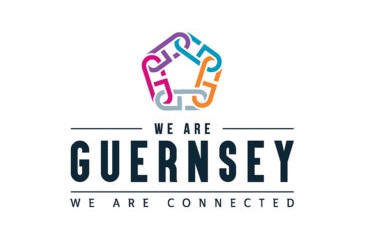With the increase of extreme natural catastrophes, the importance of re/insurance in providing creative risk management solutions for climate-related disasters has become clear despite concerns that some of these risks can be uninsurable, Rupert Pleasant, Chief Executive, Guernsey Finance, highlights.

Adding: “She urged firms, member states and broader society to address the steady rise in losses from natural disasters such as floods and wildfires. This comes as extreme weather events caused by climate change cause an uptick in the price of premiums, feeding concerns that some areas will become uninsurable.”
In 2023, 398 notable disaster events led to $380 billion in economic losses, according to Aon’s Climate and Catastrophe Insight report, representing a protection gap of $262 billion, 69% of total economic losses.
Pleasant said: “With less than 40% of global economic losses estimated to be insured, there is a large protection gap which lowers the ability of economies to recover from disasters and leads to supply chain issues for corporates. With more and more climate-related disasters taking place, there has been increasing demand for the private sector to bridge this gap.”
Funding needs to be met as a result of increasing instances of climate-related disasters. With these rapidly increasing, humanitarian organisations need more support.
With the corporate world continues to seek opportunities to engage in environmental and socially beneficial schemes, through ESG, sustainable finance and CSR, Pleasant believes that “There is a clear opportunity emerging for the private sector, as a source of knowledge, skills, tools and expertise, and government organisations to align to meet their respective objectives.”
He continued: “Building resilience through public-private collaborations and blended finance models, where governments and the insurance sector shoulder losses together, could protect and enrich lives around the world, as well as making insurance more affordable and accessible.”
Pleasant also suggested that closing the substantial protection gap could be achieved through a combination of approaches: transferring climate risk using alternative risk solutions and by reframing humanitarian funding as a business investment opportunity for the private sector, rather than relying solely on philanthropy and donations.
“These insurance solutions are not there to replace donor funding. They’re there to manage volatility, and there are hopes that this could be the new way of financing humanitarian action,” he explained.
Adding: “Cat bonds are a way for reinsurers to mitigate their risks that may be linked to climate change in doing so provide additional capital that ultimately goes to policyholders and enables communities to rebuild.”
Beyond covering losses from natural disasters, Aon’s report concluded that insurance focused on resilient infrastructure, electrification, carbon capture and storage, and decommissioning carbon-heavy assets could collectively result in gross written premiums ranging from $8 billion to $25 billion.
These transformative trends offer immediate opportunities for growth and can be tackled right now, Pleasant stated.
“Additionally, concerns for natural catastrophe exposures, proto-type technologies and political risks have held back investment in some solar and offshore wind projects,” he continued.
“Insurance can, however, address a range of political, technical, credit and operational challenges that would otherwise deter investment or increase the costs of financing renewable projects. Insurance in the renewable space has yet to fully meet its potential, in part due to uncertainties over catastrophe exposures and models.”
Pleasant concluded: “The importance of insurance, whether that be reinsurance, parametric insurance, insurance-linked securities, or captives, in providing creative risk management solutions for climate-related disasters is clear. There’s a huge gap to bridge, and despite concerns that the risks that fall within this gap are uninsurable, it paves the way for the insurance sector to think beyond the usual and carve out new routes for hedging against climate risk.”
The post Role of re/insurance when facing nat cats is clear despite concerns of uninsurable risks: Guernsey Finance appeared first on ReinsuranceNe.ws.